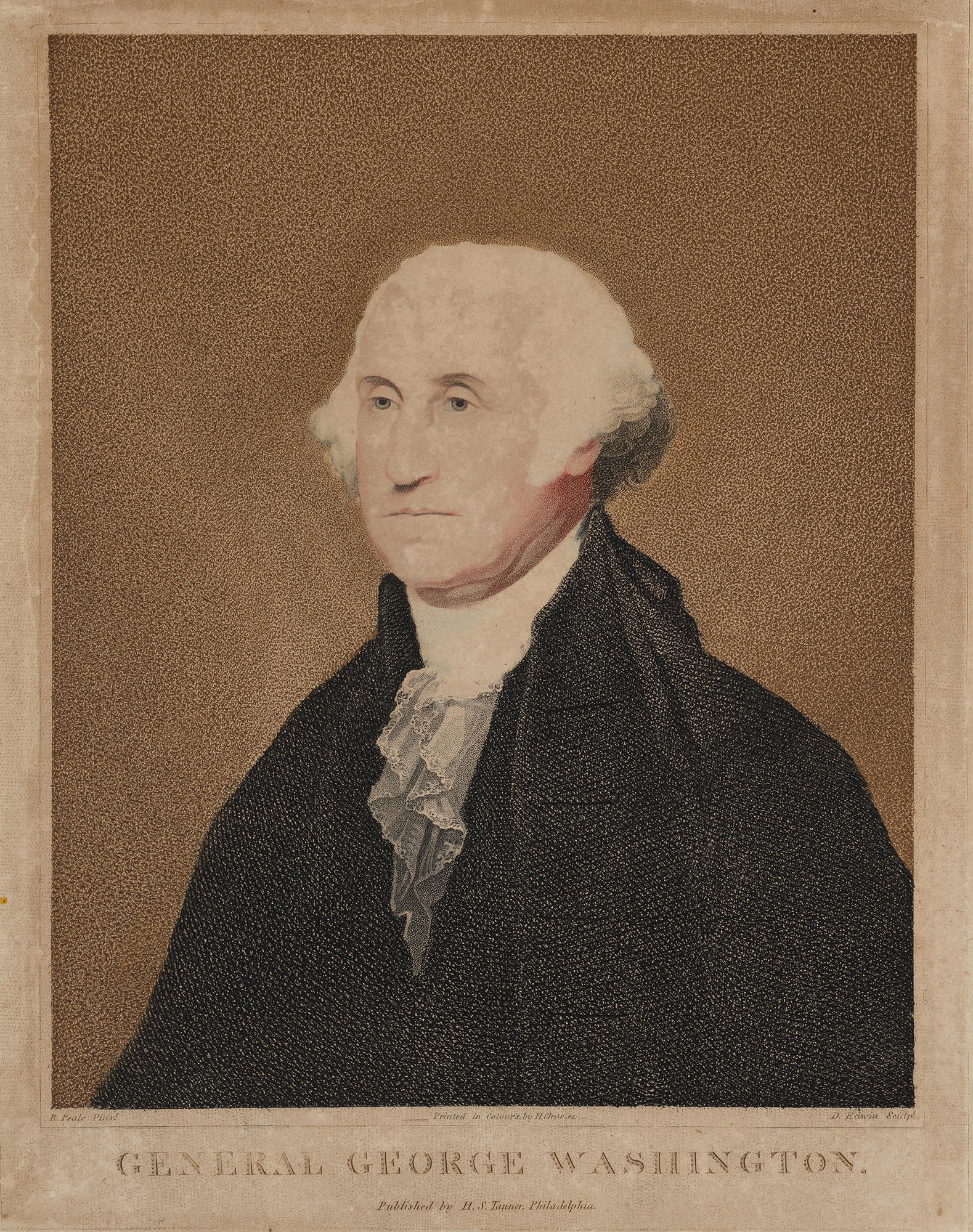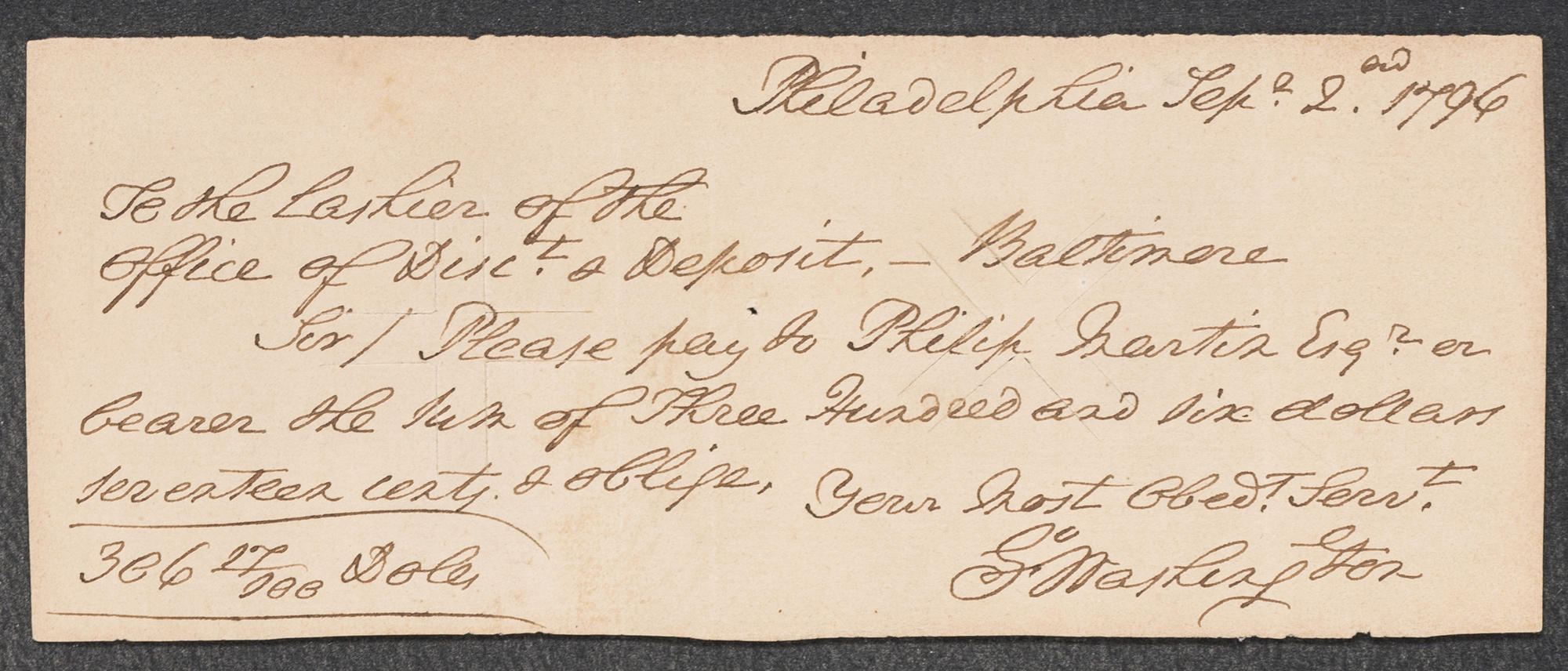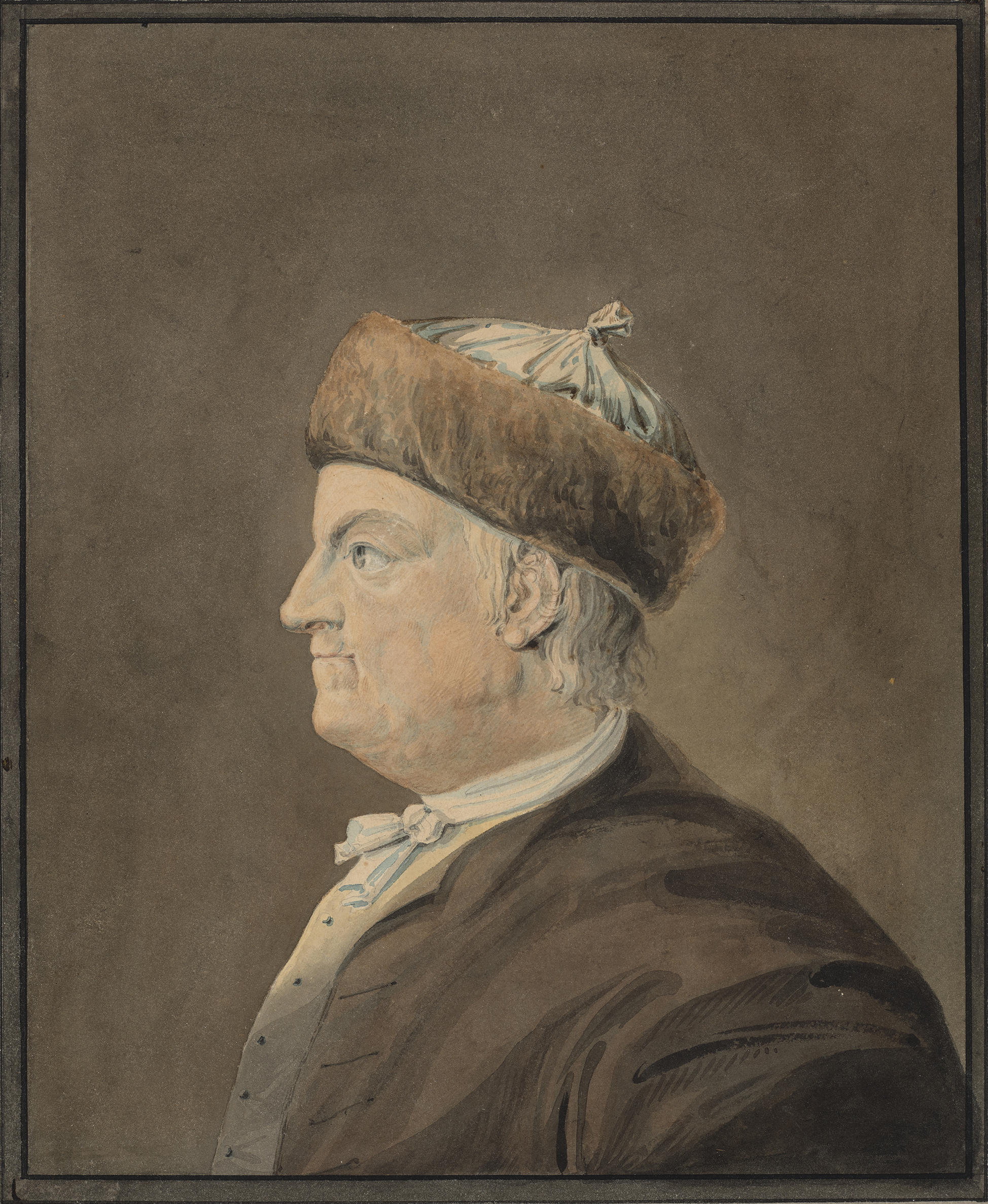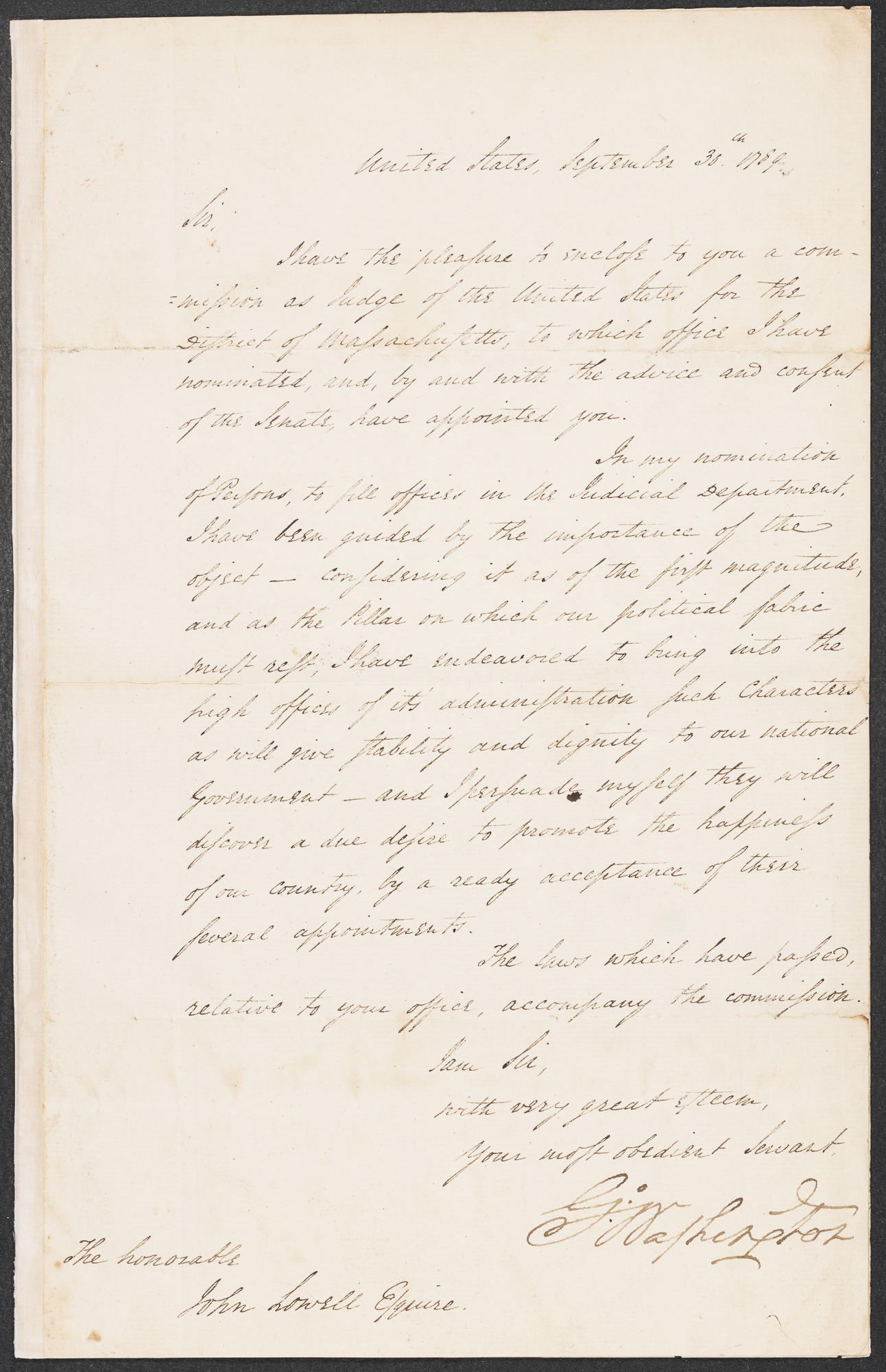Given the esteem with which George Washington is held not just in the United States—where he is aptly referred to as “The Father of the Country”—but around the world, it is no wonder that Washington memorabilia and objet d’art are highly valued. While this makes for exciting moments in auction houses, the desirability of Washington-related items inevitably leads the unscrupulous to seek ways to capitalize on the zeal of collectors.

David Edwin (English, 1776–1841) after a painting by Rembrandt Peale (American, 1778–1860), George Washington, about 1810. Stipple engraving
Isabella Stewart Gardner Museum, Boston. See it in the Short Gallery
Whether it be theft or forgery, criminals typically focus on the biggest names. The reason is simple: they understand that this can produce the greatest ill-gotten gains. The most successful forgers (that is, until they are caught) are those who reproduce paintings by Mark Rothko or Jackson Pollock. There is simply no currency in forging the works of an unknown artist. Similarly, some criminals counterfeit documents and signatures, copying the handwriting of everyone from Mickey Mantle to Adolf Hitler with exacting detail.
So it should come as no surprise that forgers have also succeeded in reproducing the handwriting of George Washington. One such document was convincing enough to make its way into the extraordinary collection of letters held by Isabella Stewart Gardner. The item in question is an order for the payment of $306.17 to a Philip Martin, Esq. dated September 2, 1796 and alleged to have been written in Philadelphia.

Robert Spring (English, 1813–1876), Forged Order of George Washington, before 1869. Ink on paper
Isabella Stewart Gardner Museum, Boston (ARC.005384). Isabella displayed this order in the Presidents and Statesmen Case in the Long Gallery
Scant provenance for the piece exists, and for good reason. In January of 1983, the then museum director, Rollin Hadley, toured the collection of Mrs. Gardner’s manuscripts with Kenneth Rendell, a local expert in historical documents who played a key role in exposing the so-called Hitler Diaries as fakes. Rendell identified the so-called Washington payment order as a fake executed by a well-known 19th century Washington forger, Robert Spring.

Presidents and Statesmen Case in the Long Gallery, 1941, showing the forged George Washington letter
Isabella Stewart Gardner Museum, Boston
The British-born Spring didn’t restrict his illicit documents to just faux Washingtons, often producing faked documents attributed to Benjamin Franklin and other noteworthy Americans. Many of his forgeries were written on printed forms of the Office of Discount and Deposit in Baltimore, as was Mrs. Gardner’s order. Spring was finally prosecuted in 1869 and died in 1876 at a charity hospital.

American, Benjamin Franklin, late 18th century. Mezzotint
Isabella Stewart Gardner Museum, Boston. See it in the Short Gallery
When the Spring forgery was uncovered, the item was removed from display in Presidents and Statesmen Case, located in the Long Gallery, and replaced with an authenticated document that is written in the hand of Washington. This one has impeccable provenance. It is an important Gardner-family heirloom in which President Washington informs John Lowell that he has been appointed as a federal judge in the District of Massachusetts. The letter was most likely inherited by Lowell’s daughter, Rebecca Russell Gardner and stayed in the family until Isabella Stewart Gardner’s great-nephew, John Lowell Gardner (1923–2021), presciently formally gifted it to the Museum in 1982.

George Washington (American, 1732–1799), Letter to John Lowell, 30 September 1789. Ink on paper
Isabella Stewart Gardner Museum, Boston (ARC.001917)
Mrs. Gardner’s collection includes several authentic works related to George Washington in her collection, including a beautiful engraving located in the Short Gallery and a book of his letters to Congress. The Spring forgery remains a cautionary tale for collectors of all manner of valuables. If a fake document can fool a collector as astute as Isabella Stewart Gardner, then surely anyone is at risk from these kinds of con artists and swindlers.
You May Also Like

Learn about the Theft
Theft at the Gardner

Read More on the Blog
George Arliss’s Hamilton

Learn about the Cases
Fifteen Hidden Cases